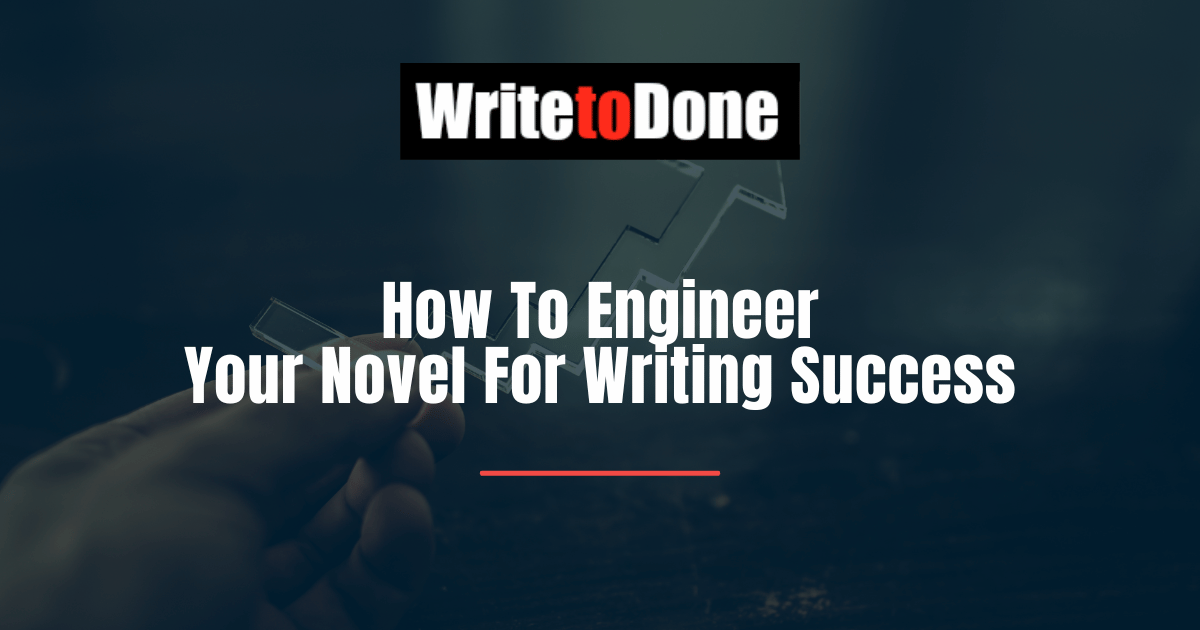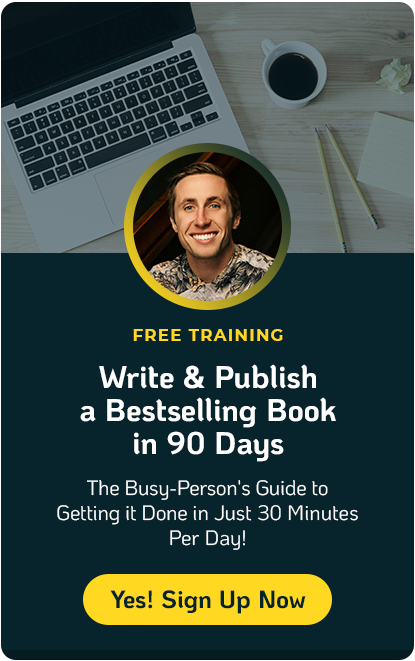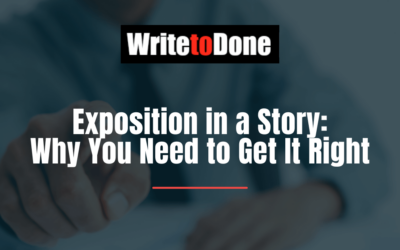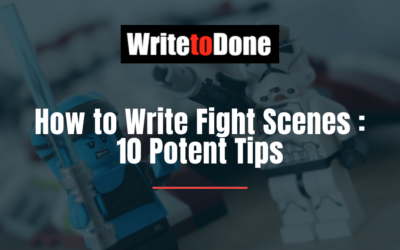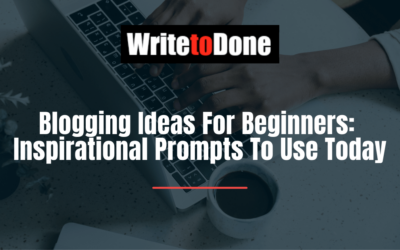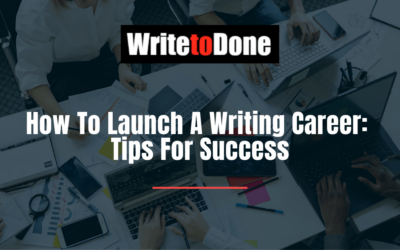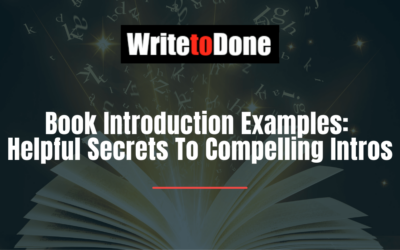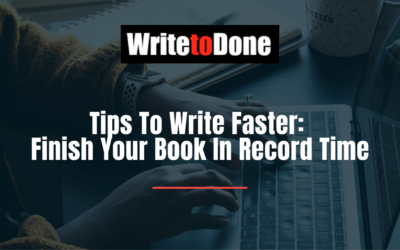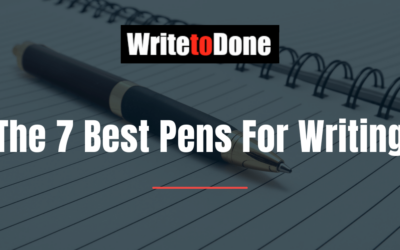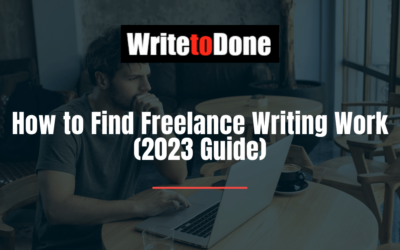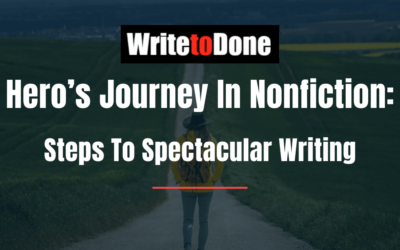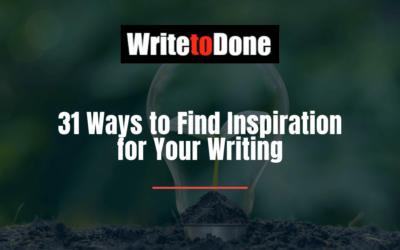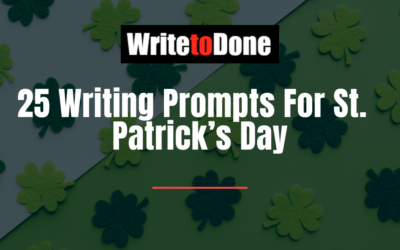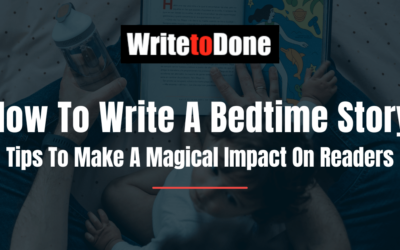It’s fair to ask, “What does engineering a novel mean?” And how does it lead to writing success?
To paraphrase Webster, to engineer is to create and design large structures or new products or systems by using scientific methods.
But writing a novel is art, not science… isn’t it? Many writers develop their novels in ways anything but scientific.
Which isn’t necessarily the right way to go about it.
Storytelling: Art or Science?
A novel may have 100,000 moving parts that combine in a structured manner, so perhaps we should look at storytelling as both artful and something driven by natural laws (another name for science!).
Which natural laws, you ask?
Laws regarding what compels us, what moves us, what holds reader interest, and what constitutes drama versus the static imagery and analysis of a still photograph.
If you accept that understanding readers lies at the core of what makes an idea interesting, then you’ve signed up for the science of writing novels.
But which brand of human-or literary science is this, and how do we apply its principles to storytelling and writing success?
How do we make our novels work?
When we read a novel, we have no idea how the author got there, how the words actually reached the page in the order they did.
And so, using a sea of craft textbooks, workshops, online forums and word-of-mouth resources, we are mostly on our own to determine how the novel we are writing will actually get written.
And here is where the room divides.
Twice, in fact.
Because there are actually two conversations where writing a novel is concerned. Two realms of knowledge the writer will experience, because both are unavoidable.
The first is the story development and writing process.
Writing Success Through Process: Plotter, Pantser, or…?
Process, at one end, could be a detailed outline (which can take many forms, none of which is an actual draft) that identifies each scene in context or goes all the way to a full awareness of the entirety of the story’s character and dramatic arcs.
The other end of the process continuum is the absence of any specific awareness of the forthcoming story, a void from which the author embarks on a draft seeking to discover the story’s beats and arcs, and even the ending, as they go along.
The former is a story planner or plotter. The latter is an organic writer, or pantser (from the term seat of the pants).
Most writers eventually do some form of both (even as they lean strongly towards one), a writer’s place on the continuum may vary from project to project.
The liberating news is that neither is right or wrong… because of the other realm that you will face eventually.
Again, that first realm, planner or panstser, is one’s process.
The second realm of the writing experience is an objective assessment of how well the process works from the reader’s perspective.
The first is like interviewing for a job. The second is whether or not you get the job.
This second realm is how the story ends up playing out across its pages. It consists of benchmarks, standards, editorial and reader reviews and the metric of market performance itself, beginning with whether a novel lands an agent or a publisher—or not.
The good news is that there are specific elements, sequences and criteria for all this, the sum of which forms the core of what is known as the craft of writing a novel.
Be clear: your process is not your craft.
Your process is the pursuit of craft. When your process gets you there, and the story is judged competent, it works. And vice versa.
Because there are so many valid ways to write a competent story, your process is not story engineering. Rather, it is the collective menu of natural laws and literary devices that are at your disposal, and how you apply them to the job, be you planner or pantser.
In other words, what you write, and why. The sum of those essences and elements is your own personal version of story engineering.
Process–any process–makes no guarantees.
Putting 80,000 words on paper, with a bare minimum of engineering–a beginning, middle and end–does not mean the story will work. Indeed, if that’s all you believe is involved, success will set a very high bar.
Too many writers, however, believe their process is all the engineering that’s required. They neglect the raw qualitative grist that will render the process effective.
Your process isn’t the thing that gives you access to those qualitative criteria and tools.
There are as many successful organic make-it-up-as-you-go novelists as there are ardent story planners, and neither can lay claim to a “this is how it’s done” winner.
A seductive trap awaits the new writer here. Because when you hear a famous keynote speaker at a conference say something like “I can’t wait to get to my office every morning to see what my characters will do today,” it’s easy to think you’ve just heard the Holy Grail of storytelling, the golden key to your own optimal process.
Certainly what works for Stephen King does indeed work… for Stephen King. That and only that is beyond debate. Unless you are Stephen King, with his experience and innate story sensibilities. Even then, his process may or may not be your best choice. Truth be known, while King is the most famous pantser on the planet, his first drafts are very much like the evolved outline of many a successful story planner.
Choose your process wrong, though, and you distance yourself from the second realm: story engineering that will make your story work.
Whatever gets you there is the best process, because that’s your best shot at optimizing the requisite engineering of a story.
It shouldn’t be about which is more fun or which feels more flexible and creative in the moment. An outline is every bit as pliable in the writing moment as no outline, and only someone who hasn’t tried it can claim otherwise. Even then, they speak only for themselves; it’s not the deciding vote on which process is best for everyone.
Thus, the enlightened writer looks beyond process to understand the true nature of form and function.
And that is what makes such a writer a story engineer.
A lack of this understanding is why so many new writers too often write themselves into a corner or need a dozen drafts to reach a professionally high bar.
The more you know about story craft, the better your process will be. You’ll likely use some of both approaches along the way. And you’ll need fewer drafts to get there.
But what is this engineering?
Story Engineering: The True Nature of Form and Function
We live and work in a largely genre-driven world. Each genre has its own expectations about the nature of the story world, the role of both hero and villain, and the depth and flavor of dramatic tension that form the essence of a story.
Even literary fiction benefits from engineering versus random tinkering. Because like genre fiction, literary fiction writers also deliver stories about not just a protagonist, but a protagonist with something to do, a problem or need or situation that demands a response, driven by stakes and potential consequences (motivation and risks), and in the face of some form of active opposition (antagonism).
These are natural forces of dramatic fiction. Your process doesn’t excuse you from them; in a perfect world, it brings you closer to them.
These elements are rarely in dispute. What is more often the subject of debate is the nature, place and pace with which these elements are introduced into a story, and how they evolve over the arc of the narrative to optimize the reading experience in terms of emotional resonance, empathy, and the rise and fall of dramatic tension.
And that’s where the truest form of story engineering comes into play. It’s called story structure, and while it thankfully remains a fluid and flexible author obligation, it is also built upon a core sequential flow that looks pretty much the same every time.
It’s like gravity, that way–a force you can harness, or if not, it can make you crash and burn. It doesn’t care what you call it, it just is.
This flow is the starting point to an understanding of story structure, and therefore, writing success.
It is more than just beginning, middle and end. Overlaying that obvious hopscotch blueprint is a more precise model for the unspooling of a story.
Basic story engineering gives us a four-part story flow which, when stated, won’t surprise you because of its natural, organic obviousness.
Yet it remains the most commonly fumbled aspect of storytelling among authors who haven’t yet developed a story sensibility to know the length and contextual mission of the four parts themselves.
Story Structure: The Four-Part Flow
Here then, is story engineering 101, expressed as the contextual mission of four roughly equal segments of a story.
Every scene within these four segments is driven by a mission that aligns with that context, which is that the hero needs to work for their desired outcome, they can’t succeed too soon or too easily, and the motivation and consequences that drive the progression of it all need to be artfully introduced and spooled out as part of the dramatic reveal.
It looks like this, in roughly equal quartile lengths:
1. Setup
Introduce your hero in pursuit of a goal, present a story world (time, place, culture, natural law), inject stakes and set up the mechanics of an impending launch of (or twist to) the plot (your core dramatic arc). This is what your hero will spend the rest of the story investigating, pursuing and wrestling with.
2. Response
After the setup, the story needs to launch (this is the First Plot Point) and then settle into a lane that shows your hero responding to a new or altered path with stakes in play and some form of obstacle (antagonism) causing the hero to react to something they may not understand (pursue more knowledge). Or if they do, they need to deal with it in a way that keeps their ultimate goal on their horizon.
3. Attack
If the hero is too heroic too soon, there isn’t much drama for the reader to engage with, so we wait until this third quartile to show our hero evolve from a seeker/wanderer/responder to become a more proactive attacker of their problem or goal, both relative to the goal itself and the presence of an equally-evolving obstacle (a villain, storm, disease, approaching deadly meteor, or whatever is the source of tension and drama in the story), moving closer to a showdown and some form of…
4. Resolution
This is where all the moving parts of your story converge to put your hero face to face with their goal, and whatever blocks their path to getting what they need to get.
If this smacks of formula, ask yourself when was the last time you read a genre novel that didn’t play out like this, to some degree.
Nearly every published (and successfully self-published) novel today aligns with this four-part flow to a significant and usually obvious degree—something you can test yourself, now that there are labels and missions attached to the four parts.
Like athletes playing on an identical-sized field within their sport, or painters having only the borders of a canvas to work within, or sculptors having only so much marble or clay to work with, genius and creative freshness is measured on what does fit within the parameters of this model.
There are, of course, other story engineering tools on the writer’s craft bench, all fueling the author’s conceptual appeal, dramatic tension, hero empathy and dramatic tension with understandable, reachable, and predictable paths and outcomes.
If you are a beginning novelist, this four-part structure flow–the story engineering model–will never steer you wrong; you’ll have the opportunity to see your narrative soar and achieve writing success.
Pablo Picasso said, “Learn the rules like a pro, so you can break them like an artist.” This is exactly the lane in which story engineering puts you, once you align with these principles.
You no longer have to guess what goes where, and why.
It’s still on you to conjure up the grist–from the original idea, concept and premise, to the specific story turns and twists. But they now have a place waiting for them to land.
How do you use story engineering for writing success? Tell us in the comments!
If you liked this post, do share it on social media!

